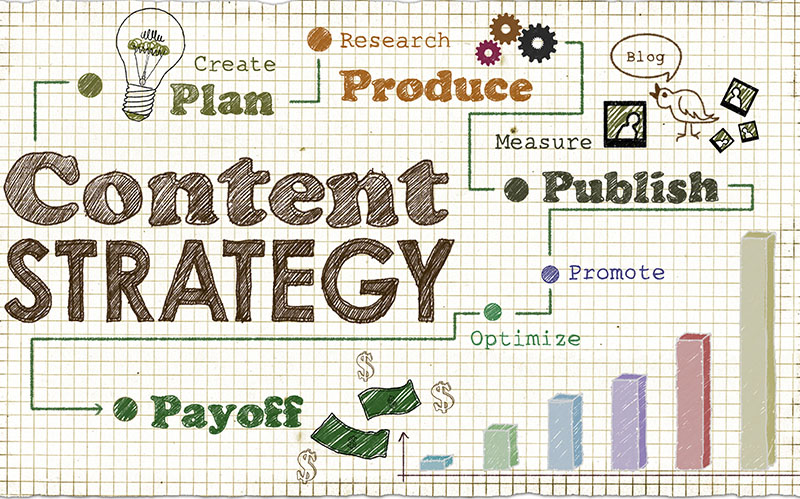The whole content idea can be a little difficult to grasp. It’s not about creating random, spur-of-the-moment content and social media posts. Instead, you need a content strategy that is intentional and thoughtful. While there are times when you need to be more spontaneous, your content strategy helps keep your messaging on brand. Your goal is to create meaningful content that helps your audience solve problems.
You want to share information and tips that tie back to your core business service or product. Engaging readers is easier with a content strategy designed to build customer loyalty and advocates.
Here’s how you can craft a content strategy that allows you to meet your marketing goals.
How to Develop Your Content Strategy
To create your content strategy, start by asking yourself some revealing questions:
Who is your audience?
While you can target more than one group of people, you still need to recognize those groups. That way you can ensure you meet everyone’s needs and use the right channels to reach your ideal audience.
What is your unique value proposition (UVP)?
Your content helps you stand out from the competition. What makes you better? Your content needs to prove you’re better; therefore, you must clearly outline your UVP as part of your strategy.


What formats should you use?
Remember, content comes in many forms. Knowing your audience will help determine what formats are most effective. For some, it will be video; for others, infographics. One audience might prefer a good read with interesting images while another might like podcasts or live streams of events. Examples of what you can do include:
- Blog Posts
- E-books
- Case Studies
- Landing pages
- Infographics
- Live streaming seminars
- Videos
- Podcasts
The right combination provides a variety of formats to engage your ideal audience. Also, you can include a call to action with many of these formats, such as asking for an email where you can send a link to download e-books or case studies. You can also ask people to sign up to join a live podcast or seminar.
What channels are best for your audience?
Where you post your content is as important as the formats used. There’s always your website and social media, but choosing the right social platforms is important. Your choices include:
- Snapchat
- YouTube
Not all channels appeal to every age group and demographic, so do your research and choose those best suited to your audience.
What is your plan for managing content creation and posting?
Will you create content yourself or hire someone to do it for you? Is there someone on your team or a group of people who can create your content? How will the content get published and when?
What are your goals?
This might seem obvious, such as making more sales, but your content could have many different goals. You might need to improve your corporate social image; it might be building brand awareness; you may also want to get more contacts via a newsletter sign-up. Knowing your goals helps ensure you create the right content to meet them.
A successful content marketing strategy provides the foundation for your content. Including metrics to measure success allows you to fine-tune your strategy and explore ways to make it work better for your needs.

